Quality inspection method of cotton wrap film
2025-04-24
The quality of cotton wrap film directly affects its packaging effect and application scenarios. Only through multi-dimensional inspection can the quality be fully controlled.
1. Physical performance test
Thickness test: Use a micrometer to measure multiple points at different positions of the cotton wrap film, including the horizontal and vertical directions. Each sample is measured at least 10 points, and the average value and thickness deviation are calculated. Thickness uniformity affects its tensile strength and performance. Excessive deviation may cause local thinness and easy breakage.
Tensile performance test: Cut a standard size sample, use a tensile testing machine to stretch it at a specified speed, and record the maximum load, elongation at break and other data during the stretching process. Good tensile performance can ensure that the cotton wrap film fits the items tightly during packaging to avoid looseness.
Viscosity test: Use the initial adhesion rolling ball test and the sustained adhesion test. The initial adhesion rolling ball test determines the initial adhesion by the distance the steel ball rolls on the film surface; the sustained adhesion test hangs the sample vertically, observes the time it takes for the weight to fall off after loading, and measures its continuous adhesion ability, which is related to the stability of the packaging.
2. Chemical performance testing
Composition analysis: Use infrared spectrometers, nuclear magnetic resonance and other instruments to analyze the chemical composition of cotton winding film to determine whether it contains harmful substances and whether the proportion of raw materials meets the standards to ensure product safety and compliance.
Chemical resistance test: Soak the cotton winding film in common acid and alkali solutions and organic solvents, observe the changes in the appearance of the film after a certain period of time, such as whether swelling, discoloration, embrittlement, etc., and evaluate its stability in different chemical environments.
3. Other quality tests
Moisture permeability test: Use the cup method to seal the moisture permeable cup filled with desiccant or water, place it in a specified temperature and humidity environment, weigh the weight change of the moisture permeable cup regularly, calculate the moisture permeability, and judge the moisture-proof performance of the cotton winding film.
Environmental performance test: Test the biodegradability of cotton winding film, simulate the degradation process in the natural environment through composting tests, and observe the degree of degradation within a certain period of time to meet environmental protection requirements. At the same time, test indicators such as heavy metal content to ensure that the product is harmless to the environment and human body.
1. Physical performance test
Thickness test: Use a micrometer to measure multiple points at different positions of the cotton wrap film, including the horizontal and vertical directions. Each sample is measured at least 10 points, and the average value and thickness deviation are calculated. Thickness uniformity affects its tensile strength and performance. Excessive deviation may cause local thinness and easy breakage.
Tensile performance test: Cut a standard size sample, use a tensile testing machine to stretch it at a specified speed, and record the maximum load, elongation at break and other data during the stretching process. Good tensile performance can ensure that the cotton wrap film fits the items tightly during packaging to avoid looseness.
Viscosity test: Use the initial adhesion rolling ball test and the sustained adhesion test. The initial adhesion rolling ball test determines the initial adhesion by the distance the steel ball rolls on the film surface; the sustained adhesion test hangs the sample vertically, observes the time it takes for the weight to fall off after loading, and measures its continuous adhesion ability, which is related to the stability of the packaging.
2. Chemical performance testing
Composition analysis: Use infrared spectrometers, nuclear magnetic resonance and other instruments to analyze the chemical composition of cotton winding film to determine whether it contains harmful substances and whether the proportion of raw materials meets the standards to ensure product safety and compliance.
Chemical resistance test: Soak the cotton winding film in common acid and alkali solutions and organic solvents, observe the changes in the appearance of the film after a certain period of time, such as whether swelling, discoloration, embrittlement, etc., and evaluate its stability in different chemical environments.
3. Other quality tests
Moisture permeability test: Use the cup method to seal the moisture permeable cup filled with desiccant or water, place it in a specified temperature and humidity environment, weigh the weight change of the moisture permeable cup regularly, calculate the moisture permeability, and judge the moisture-proof performance of the cotton winding film.
Environmental performance test: Test the biodegradability of cotton winding film, simulate the degradation process in the natural environment through composting tests, and observe the degree of degradation within a certain period of time to meet environmental protection requirements. At the same time, test indicators such as heavy metal content to ensure that the product is harmless to the environment and human body.
You Might Also Like
-
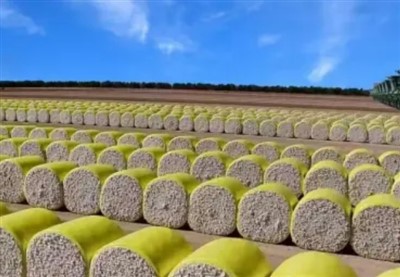
what are the advantages of cotton packaging film
-
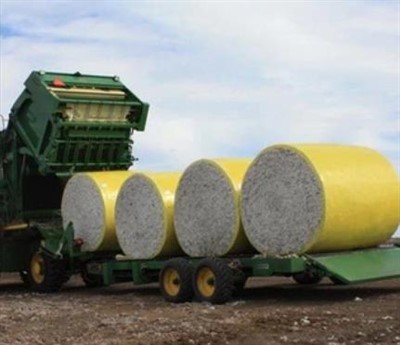
The Advantages of Cotton Wrap Film
-
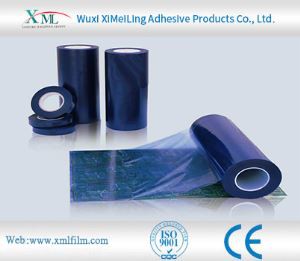
How does pe protective film cope with high temperature environment
-
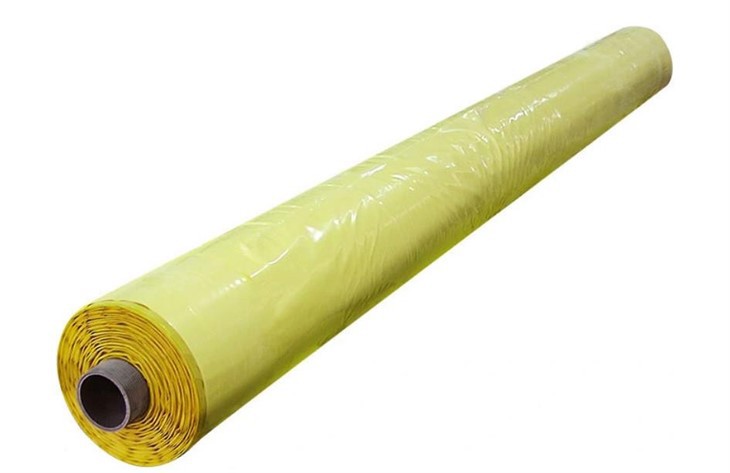
Advantages of Cotton Bale Wrap Film
-
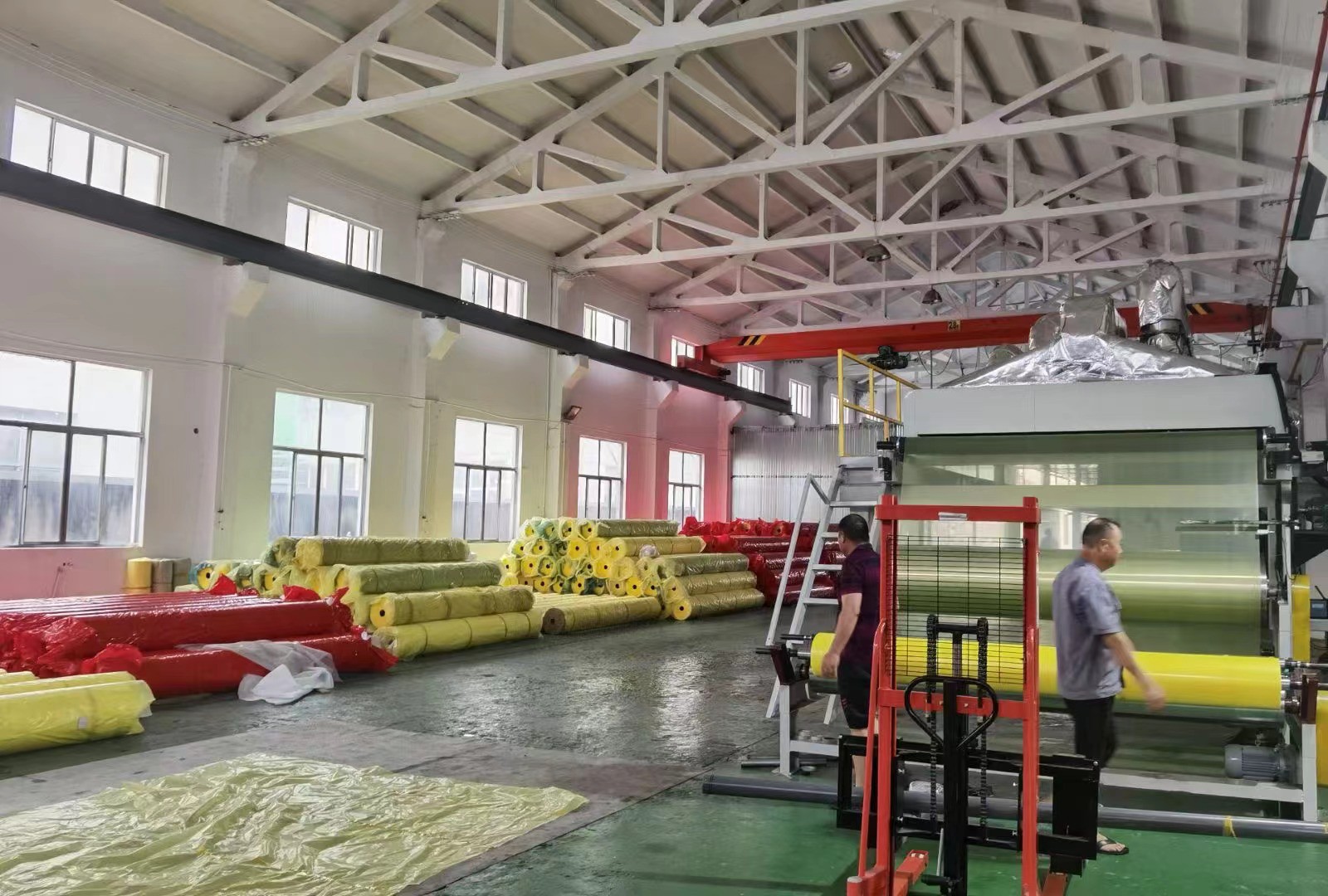
Storage method of cotton bale wrap film
-
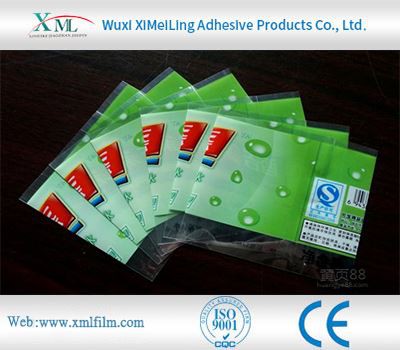
How Polyethylene Packaging Material Copes with High Temperature Environment
